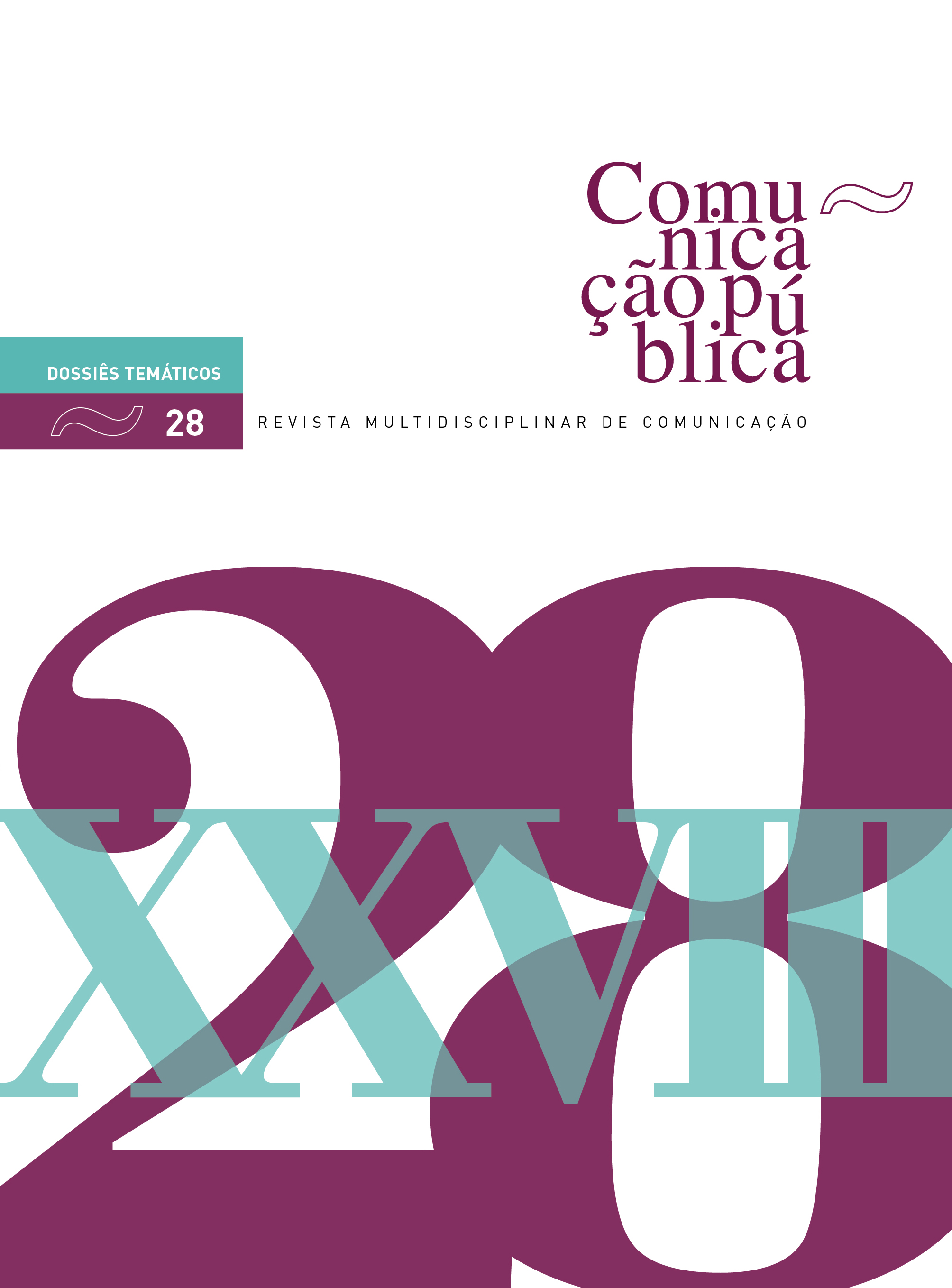Omni-channel Communication in Tourism
DOI:
https://doi.org/10.4000/cp.7597Abstract
We are in the era of services, and strategic communication is considered decisive for their success (Lewis, 2019). In recent decades, the digitization of society has notably influenced strategic communication (Batra & Keller, 2016). Communication practiced in the process of service customer care, identified as key for determining customer satisfaction and loyalty, has evolved from personal channels to digital ones (De Keyser et al., 2019). Customer service is no longer conducted exclusively through in-store salespeople, visits, trade fairs, or telephone; it has expanded to include emails, SMS, websites, chats, virtual meetings, and online-based loyalty programs, among other tools (Payne et al., 2017). The Social Information Processing (SIP) theory of Computer-Mediated Communication (CMC) has inspired theoretical models of online interpersonal interaction to explain how individuals and groups form impressions and develop relational communication through electronic communication (Walther et al., 2015).
Downloads
References
Batra, R., & Keller, K. L. (2016). Integrating marketing communications: New findings, new lessons, and new ideas. Journal of Marketing, 80(6), 122-145.
Bigné, E., & Decrop, A. (2019). Paradoxes of postmodern tourists and innovation in tourism marketing. In E. Fayos-Solà & C. Cooper (Eds.), The future of tourism: innovation and sustainability (pp. 131-154). Cham: Springer.
Capriello, A., & Riboldazzi, S. (2019). How can a travel agency network survive in the wake of digitalization? Evidence from the Robintur case study. Current Issues in Tourism, 23(9), 1049-1052.
Chang, K. C. (2018). The affecting tourism development attitudes based on the social exchange theory and the social network theory. Asia Pacific Journal of Tourism Research, 1-16.
Dahl, A. J., D’Alessandro, A. M., Peltier, J. W., & Swan, E. L. (2018). Differential effects of omni-channel touchpoints and digital behaviors on digital natives’ social cause engagement. Journal of Research in Interactive Marketing, 12(3), 258-273.
De Keyser, A., Köcher, S., Alkire, L., Verbeeck, C., & Kandampully, J. (2019). Frontline service technology infusion: Conceptual archetypes and future research directions. Journal of Service Management, 30(1), 156-183.
Dickinson, J. E., Filimonau, V., Hibbert, J. F., Cherrett, T., Davies, N., Norgate, S., Speed, C., & Winstanley, C. (2017). Tourism communities and social ties: The role of online and offline tourist social networks in building social capital and sustainable practice. Journal of Sustainable Tourism, 25(2), 163-180.
Hargie, O. (2016). Skilled interpersonal communication: Research, theory and practice (6ª ed.). New York: Routledge.
Heath, R. L. (2018). Persuasion. In R.L. Heath & W. Johansen (Eds.), The international encyclopedia of strategic communication. Boston: Wiley-Blackwell.
Hilken, T., Heller, J., Chylinski, M., Keeling, D. I., Mahr, D., & de Ruyter, K. (2018). Making omnichannel an augmented reality: The current and future state of the art. Journal of Research in Interactive Marketing, 12(4), 509-523.
Kotler, P., Kartajaya, H., & Setiawan, I. (2017). Marketing 4.0: Mudança do tradicional para o digital. Coimbra: Conjuntura Actual Editora.
Lewis, L. (2019). Organizational change: Creating change through strategic communication. Malden: Wiley-Blackwell.
Lin, H., Zhang, M., & Gursoy, D. (2020). Impact of nonverbal customer-to-customer interactions on customer satisfaction and loyalty intentions. International Journal of Contemporary Hospitality Management, 32(5), 1967-1985.
Mahrous, A. A., & Hassan, S. S. (2017). Achieving superior customer experience: An investigation of multichannel choices in the travel and tourism industry of an emerging market. Journal of Travel Research, 56(8), 1049-1064.
O’Sullivan, P. B., & Carr, C. T. (2018). Masspersonal communication: A model bridging the mass-interpersonal divide. New Media & Society, 20(3), 1161-1180.
Payne, E. M., Peltier, J. W., & Barger, V. A. (2017). Omni-channel marketing, integrated marketing communications and consumer engagement. Journal of Research in Interactive Marketing, 11(2), 185-197.
Prentice, C. (2020). Enhancing the tourist experience with emotional intelligence. Tourism Review. Advance online publication. https://doi.org/10.1108/TR-06-2019-0254
Walther, J. B., Van Der Heide, B., Ramirez, A., Burgoon, J. K., & Peña, J. (2015). Interpersonal and hyperpersonal aspects of computer-mediated communication. In S. S. Sundar (Ed.), The handbook of psychology and communication technology (pp. 1-22). West Sussex: Wiley-Blackwell.
Downloads
Published
Issue
Section
License
Copyright (c) 2020 Direitos do Autor (c) 2020

This work is licensed under a Creative Commons Attribution-NonCommercial 4.0 International License.
Os conteúdos da Comunicação Pública estão licenciados com uma licença Creative Commons - Atribuição-NãoComercial 4.0 Internacional.


